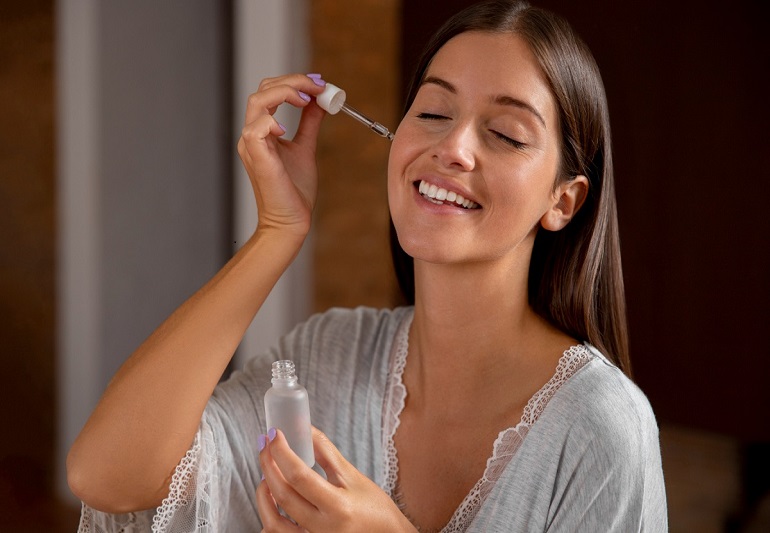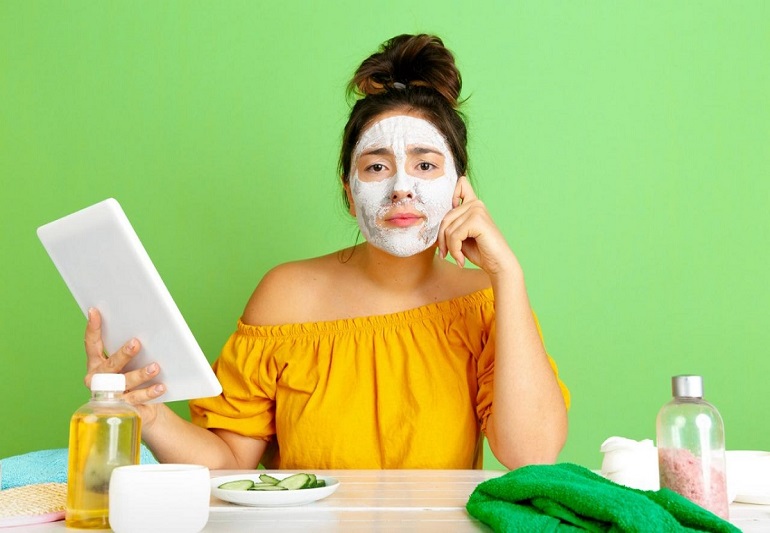The air was heavy with an ominous storm; the afternoon was drenched in a berserk downpour as Shanaya stepped into the quaint café, the drizzle of monsoon memories clinging to her umbrella. She spotted Anika, her best friend, sitting at the corner table with the herbal tea in her hand while her skin seemed to glow faintly in the dim lighting. With a heavy sigh, Shanaya dropped herself beside her and covered her wrists by pulling her sleeves back.
“You look amazing,” Shanaya said, eyes drawn to Anika’s glowing, smooth, and clear face. “What are you actually on these days? My skin is giving me so much trouble—dark spots, uneven shadows… Rather, nothing seems to support me.” Anika knew what she was talking about.
“Pigmentation skincare, Shanaya. It is more than just creams and facials- it’s a whole strategy.”
Shanaya leaned in, interested. “Really? I thought my sunscreen and vitamin C serum would do the trick.”
“That’s where most people go wrong,” Anika replied. “Pigmentation is deeper than you think; it is about understanding your skin and choosing ingredients that work, then staying insanely consistent. Do you want to hear what made a difference for me?”
Suddenly, the café was reduced to a buzzing little backdrop to the conversation, drifting away into the world of actives, acids, skin barriers, and myths they had held on to for years, wondering if skincare could ever really be more than just self-care, whether it might mean transformation.
Ever looked into the mirror, wondering what’s keeping those drained, immovable dark spots from being washed out with all your cream applications? So many people share your dilemma. Pigmentation is one of those unwelcome guests at the party that overstays its welcome and just won’t leave. But here is the catch: understanding the science behind pigmentation will help you deal with it effectively. Let’s delve into the specifics of what causes those uneven patches and how to establish an effective skincare routine for pigmentation.
Table of Contents
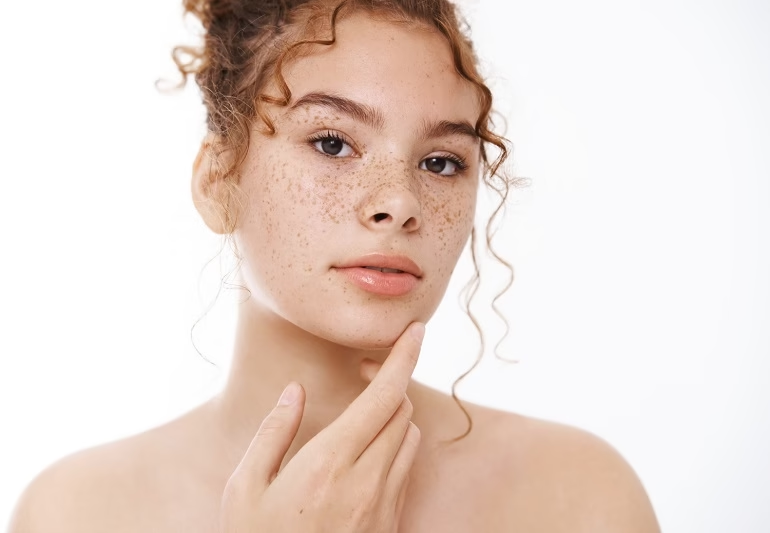
Understanding Pigmentation – What Causes It?
What is Skin Pigmentation?
Pigmentation occurs when dark patches or spots form on the skin due to excess melanin production, the pigment that gives your skin its colour. Melanin should ideally be your body’s natural sunscreen. However, if it starts overproducing, it leads to uneven tones, much like a painter accidentally dripping ink on the canvas.
Common Types of Pigmentation: Melasma, Sunspots, Post-Inflammatory Hyperpigmentation
Pigmentation does not all look the same, and a few usual suspects include:
- Melasma: The patches are hormone-related and tend to appear on the cheeks or forehead.
- Sunspots: With UV exposure being their primary cause, they typically appear as tiny, dark spots.
- Post-Inflammatory Hyperpigmentation (PIH): Those irritating dark spots that come along after acne, burns, or irritation.
Melanin Production
Melanin is formed by cells known as melanocytes. When the skin senses damage (primarily from UV exposure), these cells go into “overdrive,” so to speak; tanning is their way of protecting you. However, they sometimes never switch off, entering into patchy pigmentation.
Triggers of Pigmentation
From heavy sun to that stress-induced breakout, there are several reasons why pigmentation may even appear:
- The most significant culprit is the UV rays.
- Hormonal changes (think pregnancy or birth control)
- Inflammation caused by acne, eczema, or injuries.
Why Does the Pigmentation Persist? The Science of Discolourations
- Skin Cell Turnover and Pigmentation
Skin sheds cells every 28 days. But with aging, the process slows down, keeping excess melanin at the skin’s surface. Imagine a traffic jam-dead cells pile up, and pigment gets stuck.
- How UV Rays Act Upon Pigmentation
The sun does not just cause pigmentation; it also worsens the spots. UV rays activate tyrosinase, an enzyme responsible for melanin production. Picture dumping oil onto a fire.
- Pigmentation Caused by Hormonal Changes
Melasma, often known as the “mask of pregnancy,” thrives on hormonal turmoil. Estrogen and progesterone spur melanocytes into activity, creating those classic patches on cheeks and foreheads.
- Why Some Pigmentation Won’t Fade
Deep pigment (think of dermal melasma) stays in the lower layers of the skin, rendering it impervious to topical agents. It is like cleaning a stain that has seeped into the carpet padding.
Pigmentation Skincare Routine
Morning Routine for Pigmentation Control
Importance of Sunscreen
No matter how sophisticated your skincare is, not using sunscreen equals going back to square one. So it’s a must: broad-spectrum SPF 30+, rain or shine, clouds or sun, indoors or outdoors.
Antioxidants and Brightening Serums
Start your day with:
Vitamin C: It protects against free radicals and brightens skin.
Niacinamide: Helps reduce pigmentation and aids your skin barrier.
Night Routine for Skin Repair and Pigmentation Reduction
- Retinoids and Exfoliants
Retinoids (like retinol) hasten cell turnover and help to fade dark spots faster. Combine with exfoliants such as AHAs or BHAs, but always use with caution.
- Hydration and Barrier Repair
Pigmented skin needs some pampering with hyaluronic acid, ceramides, and nourishing creams that help heal the skin while preventing irritation.
Weekly Treatments and Extra Care
– Chemical exfoliants like glycolic acid once or twice a week.
– Hydrating masks with niacinamide or licorice root.
– Professional peels or facials every few months to feed the skin.
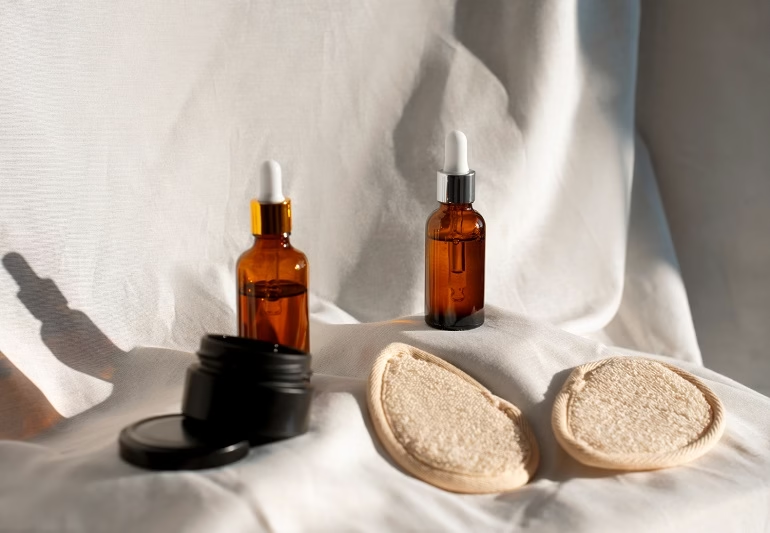
Best Pigmentation Skincare Products and Ingredients That Work
- Niacinamide: Brightening and Barrier Repair Benefits
Considered by many to be a holy grail, niacinamide brightens, soothes and strengthens your skin. Kind of a peacemaker to the rest of your routine.
– Star Product: The Ordinary Niacinamide 10% + Zinc 1%.
- Vitamin C: An Antioxidant and Melanin Inhibitor
This celebrity is in high demand for fading dark spots while also being asked to prevent new ones by scavenging free radicals. Store it in a cool, dark place, away from direct sunlight.
– Star Product: Skin Ceuticals C E Ferulic.
- Retinoids: Improve cell renewal and make pigment less visible
Products like retinol and tretinoin work by having your skin get rid of pigmented cells more quickly.
– Star Product: I like First Aid Beauty 1% Retinol Treatment and Paula’s Choice 1% Retinol Treatment the most.
- Kojic Acid and Azelaic Acid: Work naturally to prevent discolouration.
They can be soft, yet they still work well. Besides stopping melanin formation, azelaic acid works on acne and uneven skin tone at the same time.
– Star Product: The Inkey List Azelaic Acid
- Sunscreen: The best way to discontinue the pigmentation.
Look for: Mineral sunscreens contain either zinc oxide or titanium dioxide.
Sunscreens with an SPF equal to or higher than 30 should have a PA rating of at least ++.
Sunscreens that have a tint (for extra liquorice protection)
– Star Product: EltaMD UV Clear Broad-Spectrum SPF 46.
- Promising Outcomes from New Plant Ingredients
Tranexamic acid: Best for melasma.
Licorice root: Natural brightening agent.
Alpha-arbutin: Helps to diminish pigmentation slowly.
Common Myths About Pigmentation Skincare Debunked
“Pigmentation CAN BE Fixed Overnight.”
Nope. Consistent use takes 6 to 12 weeks, and the results are yet to be seen. Have patience!
“Natural Remedies Are Better Than Products Supported by Science.”
Lemon juice and turmeric may help lighten spots, but irritation may occur. Stick to clinically proven ingredients.
“Sunscreen Is Not Necessary When Inside”
Blue light from screens and UV through windows can also trigger pigmentation, so wear sunscreen daily!
“Pigmentation Skin Care Thins and Sensitizes the Skin”
Only when it is overused or wrongly used. When used correctly, ingredients such as retinol will do the skin some good as they will help to strengthen it.”
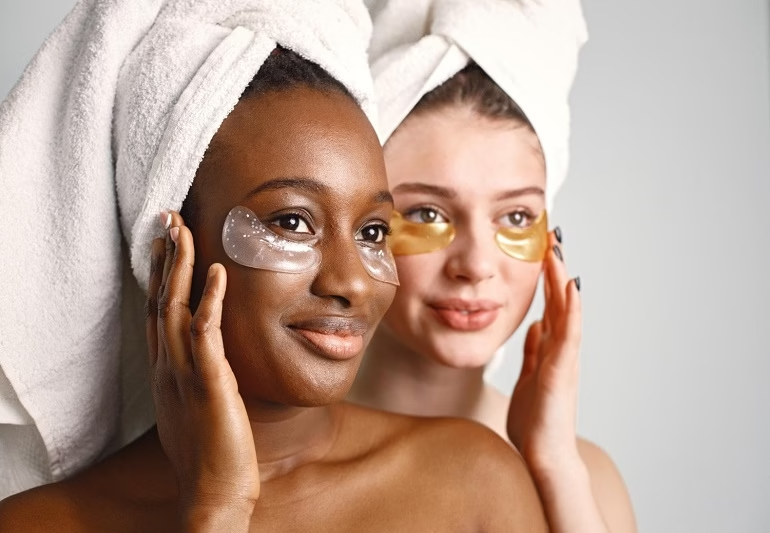
How to Choose Pigmentation Skincare for Your Skin Type
It is essential to distinguish between sensitive, dry, and oily types of skin.
- Sensitive: When choosing, make your products perfume- and irritant-free.
- Dry: Look for products that have ceramides or squalane in them.
- Oily: Pick lightweight, non-comedogenic gels and serums that won’t block your pores.
Patch Test or Scanner Tools Suggestions
Before trying a new product, patch test it to ensure it doesn’t cause a reaction. To know what is in your products, download Skin Bliss or INCI Decoder.
Combining Products Without Irritating Your Skin
Don’t put too many skincare products on your face. The “one active at a time” rule is a good choice—alternate days for strong ingredients like retinoids and acids.
Professional Treatments with Which to Decide
- Chemical Peels
The Process: By peeling the top layer of skin, the treatment makes your skin look brighter.
- Laser Therapy
Advantages: It tackles pigments deep in the skin. Cons: Repairing this device is very costly, and it must be turned off during the process.
- Micro needling and treatment for pigmented areas
It boosts collagen, which leads to a more even skin tone and improved texture.
- Tips for Choosing the Right Time to Visit a Dermatologist
After 3–6 months, if home care doesn’t ease your eczema, you need to talk to a skin specialist.
Lifestyle Tips to Prevent and Manage Pigmentation
- Daily Best Practices for Sun Protection
Apply another layer of sunscreen every 2–3 hours. Protect yourself by using a hat, sunglasses, and staying away from the midday sun.
- Diet and Hydration for Skin Tone Balance
Foods high in antioxidants to look for include berries, greens and nuts. Make sure to be hydrated by drinking plenty of water.
- Fight Stress and Get Some Sleep for Skin Health
When you are stressed, your hormones go out of balance, affecting your skin’s appearance. Focus on rest and self-care.
- Avoid Skin Trauma That Might Incite Pigmentation
Do not pick, scratch or scrub your skin too hard, as this can cause more dark spots.
Conclusion
To have highly effective Pigmentation Skincare, one must be patient, not expect instant results.
It seems tough; however, it can be addressed and improved over time. A good skincare routine, adhered to consistently and with patience, will deliver clear, even-looking skin. Set up your skincare routine, use sunscreen as if it’s armour, and don’t listen to fake news about beauty. If you’re unsure about what to do, consult a professional. Take good care of your skin — frustration with it won’t protect it well.
Frequently Asked Questions
1. What skincare helps reduce pigmentation?
Try to use products that contain niacinamide, vitamin C, retinoids and SPF. They are designed to deal with the fundamental factors and keep your skin safe.
2. How to build a pigmentation skincare routine?
Apply sunscreen and a brightening serum during the day and retinoids before you go to sleep. Don’t skip drinking water and getting a treatment at least once a week.
3. Can skincare products solve the problem of pigmentation?
For most cases, small to moderate pigmentation can be improved by using topical products and by protecting yourself from the sun.
4. How fast can you see the changes from using pigmentation skincare products?
Regular use and SPF will help you notice improvement in your skin in about 8–12 weeks.
5. Can pigmentation creams help with dark spots?
They may, as long as they include ingredients such as hydroquinone, kojic acid or alpha arbutin, and people keep using them.

